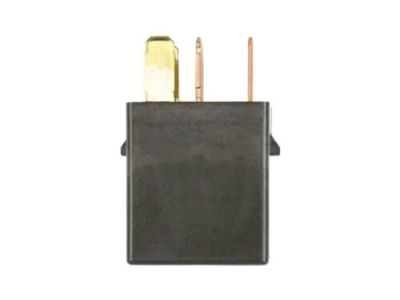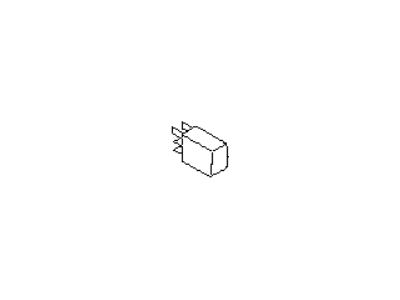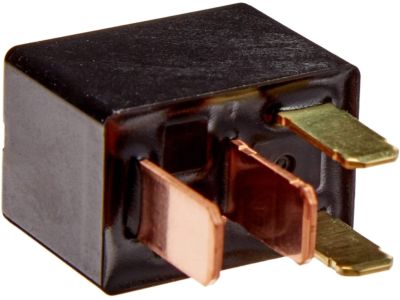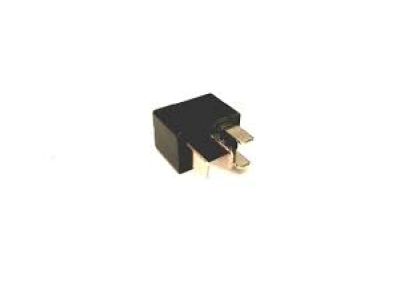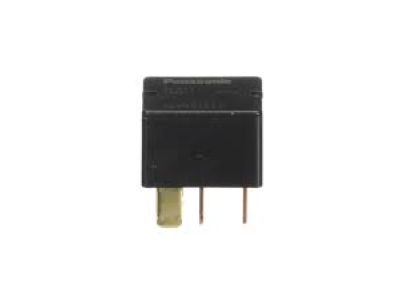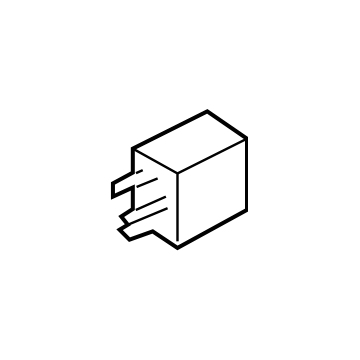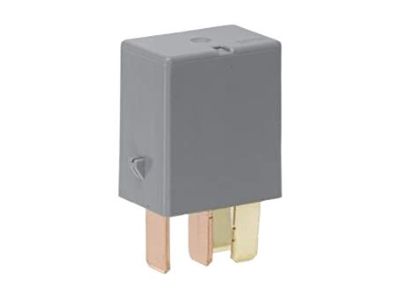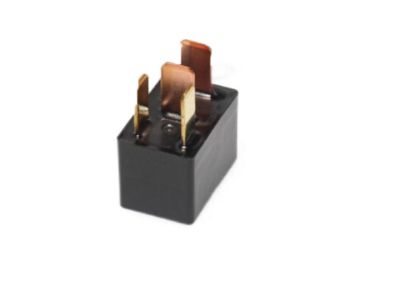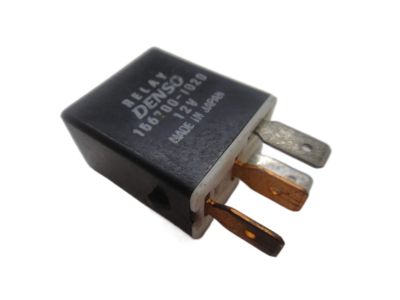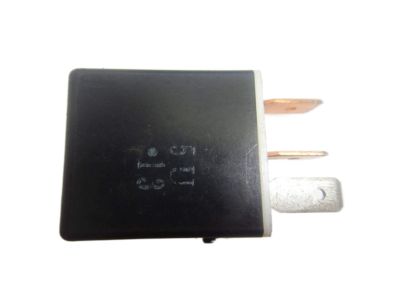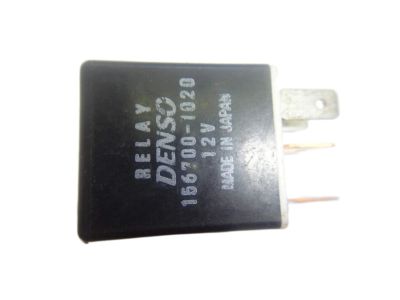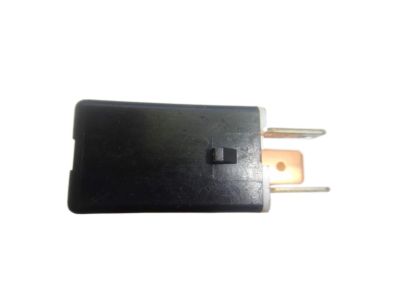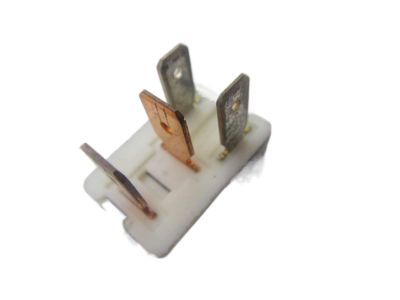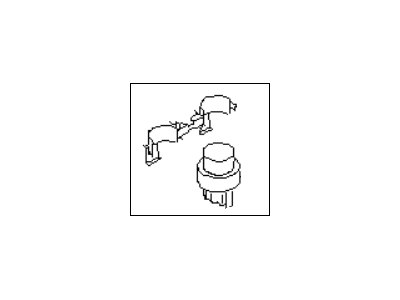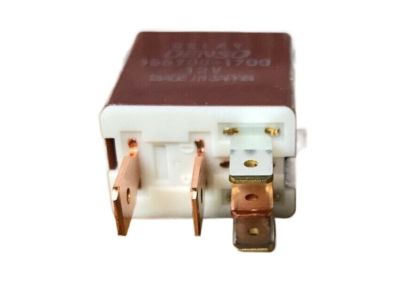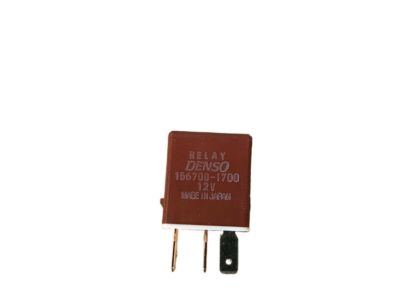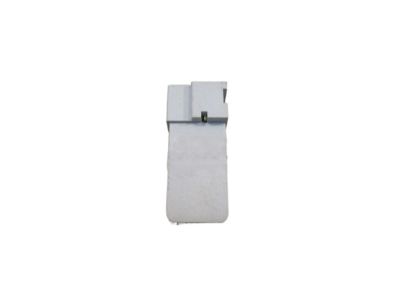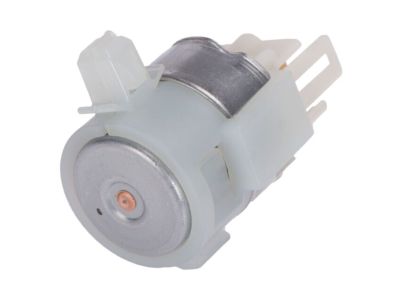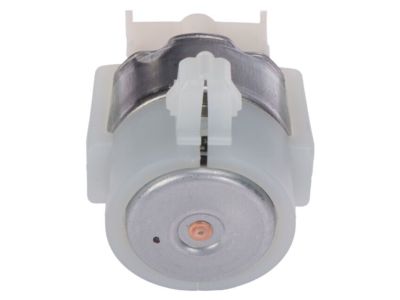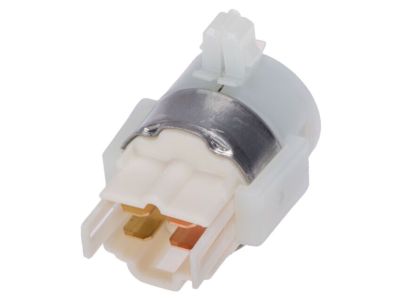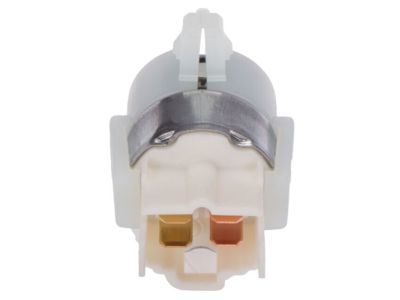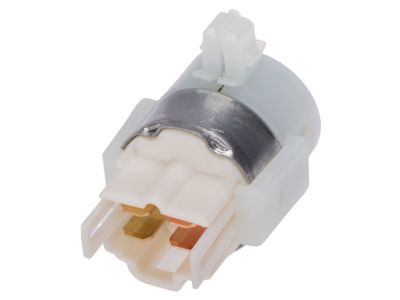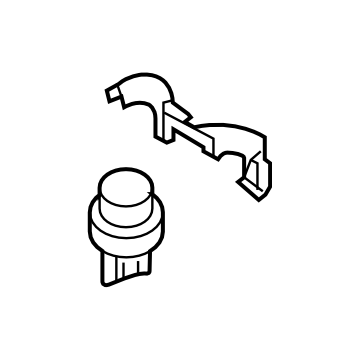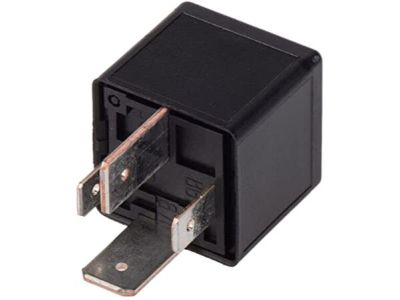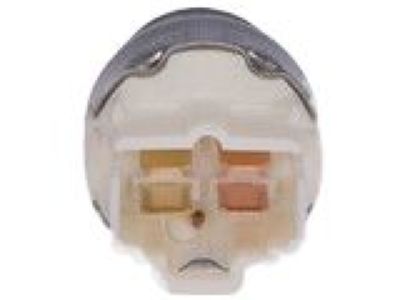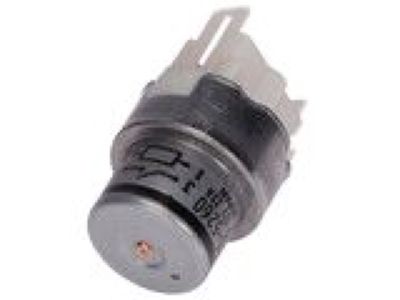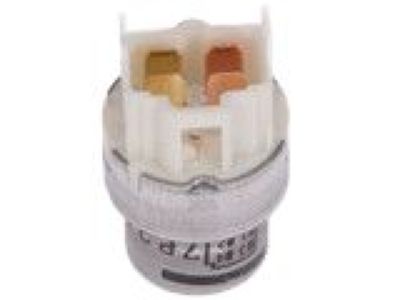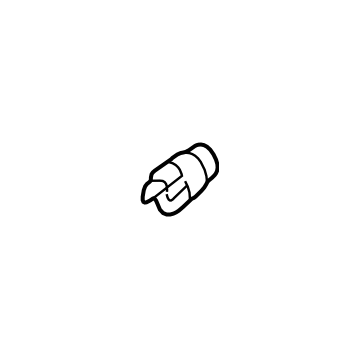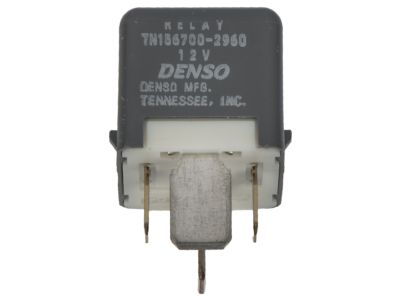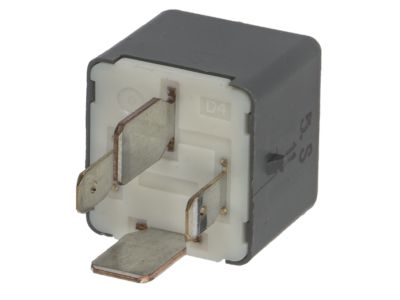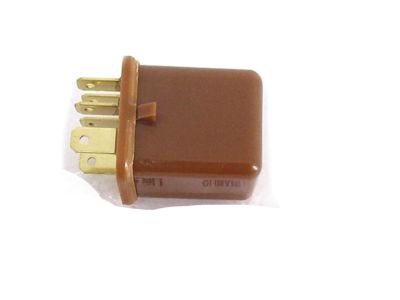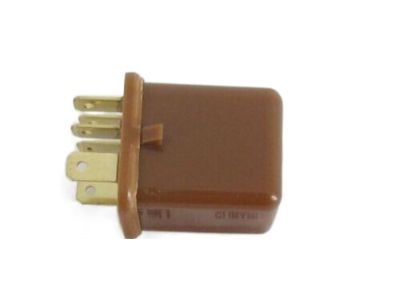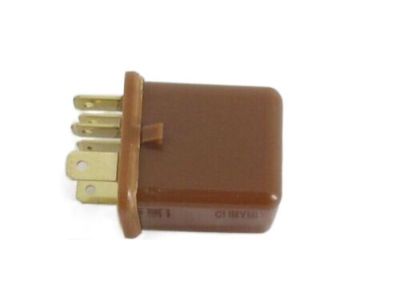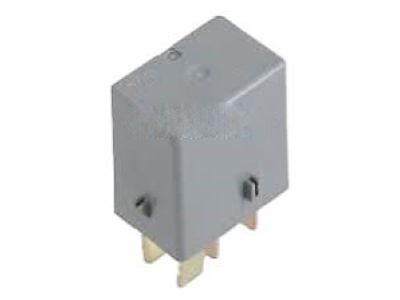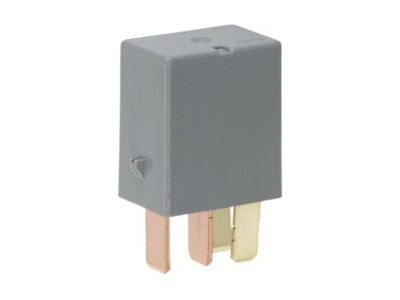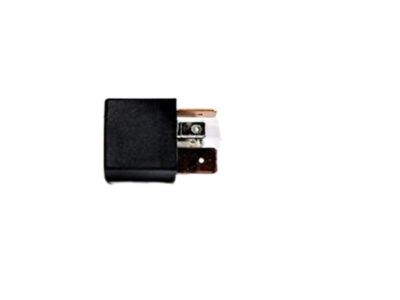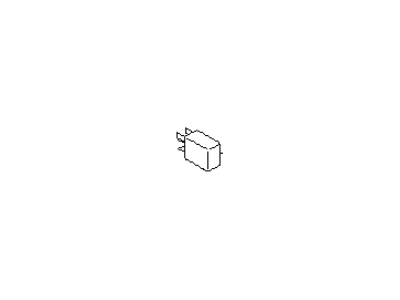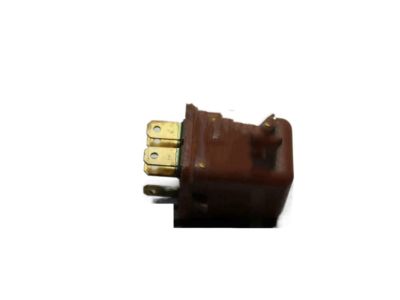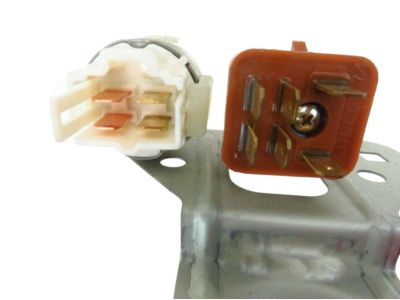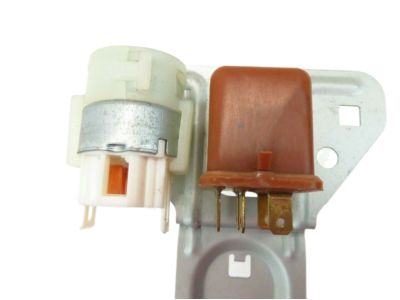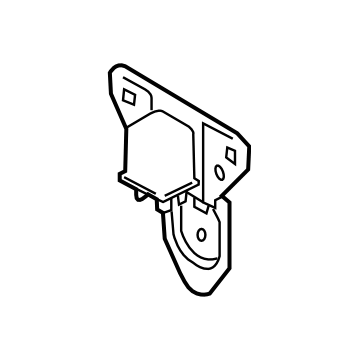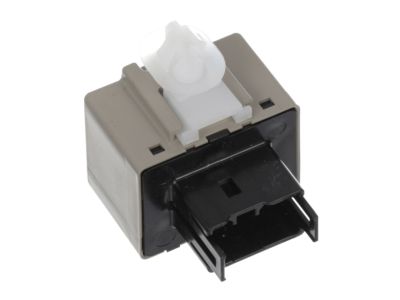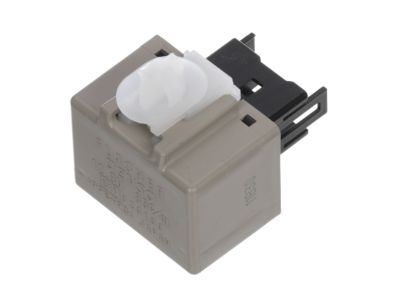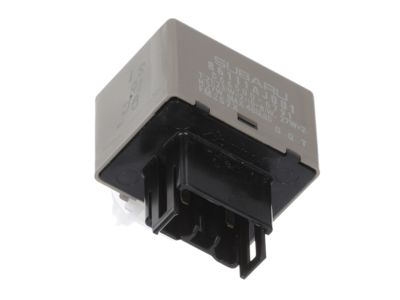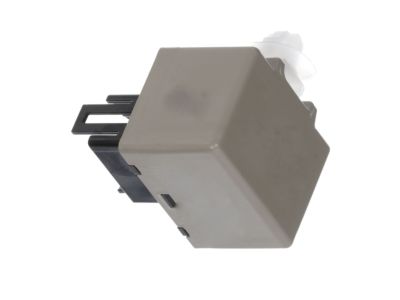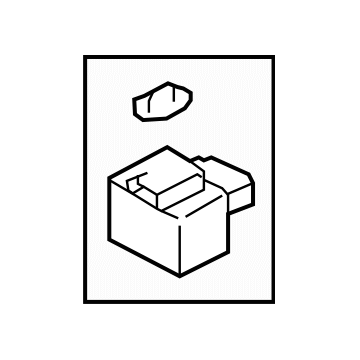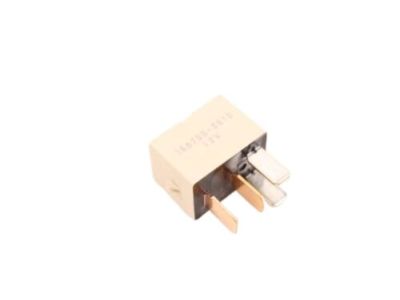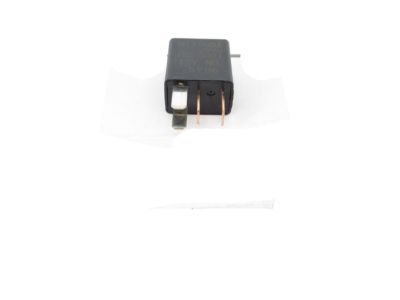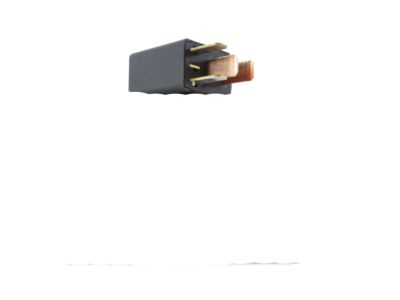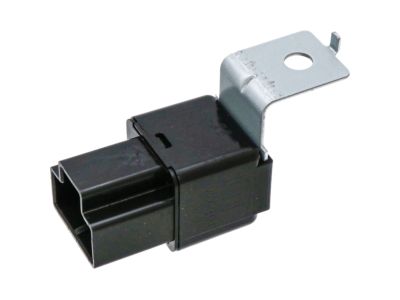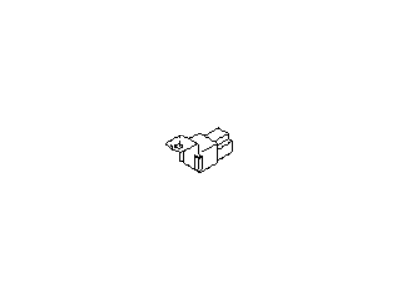×
- Hello
- Login or Register
- Quick Links
- Live Chat
- Track Order
- Parts Availability
- RMA
- Help Center
- Contact Us
- Shop for
- Subaru Parts
- Subaru Accessories


My Garage
My Account
Cart
Genuine Subaru Forester Relay
Wire Relay- Select Vehicle by Model
- Select Vehicle by VIN
Select Vehicle by Model
orMake
Model
Year
Select Vehicle by VIN
For the most accurate results, select vehicle by your VIN (Vehicle Identification Number).
40 Relays found


Subaru Forester Accessory Power Relay
Part Number: 82501AL000$2.84 MSRP: $4.12You Save: $1.28 (32%)Ships in 1-3 Business Days

Subaru Forester Relay Assembly
Part Number: 82501AG070$20.15 MSRP: $29.20You Save: $9.05 (31%)Ships in 1-2 Business Days
Subaru Forester Relay
Part Number: 82501FC100$9.41 MSRP: $13.63You Save: $4.22 (31%)Ships in 1-3 Business Days
Subaru Forester Relay Assembly
Part Number: 82501TC000$31.86 MSRP: $46.17You Save: $14.31 (31%)Ships in 1-3 Business Days
Subaru Forester Breaker Power Window
Part Number: 85543AG000$23.62 MSRP: $34.23You Save: $10.61 (31%)Ships in 1-3 Business Days
Subaru Forester Relay
Part Number: 82501AA130$24.31 MSRP: $35.23You Save: $10.92 (31%)Ships in 1-2 Business Days
Subaru Forester Air Pump Relay
Part Number: 25232AA090$12.36 MSRP: $17.92You Save: $5.56 (32%)Ships in 1-3 Business Days
Subaru Forester Relay
Part Number: 82501GA240$36.09 MSRP: $52.30You Save: $16.21 (31%)Ships in 1-3 Business Days
Subaru Forester Relay Assembly
Part Number: 82501AG080$14.12 MSRP: $20.47You Save: $6.35 (32%)Ships in 1-3 Business Days
Subaru Forester Relay Assembly
Part Number: 25232AA020$36.77 MSRP: $53.28You Save: $16.51 (31%)Ships in 1-3 Business Days

Subaru Forester Relay
Part Number: 25232AA130$28.97 MSRP: $41.98You Save: $13.01 (31%)Ships in 1 Business Day
Subaru Forester Relay Bracket Assembly
Part Number: 25229AA050$60.65 MSRP: $87.90You Save: $27.25 (31%)Ships in 1-3 Business Days
Subaru Forester Unit&Relay
Part Number: 86111AJ001$48.40 MSRP: $70.15You Save: $21.75 (31%)Ships in 1-3 Business Days



| Page 1 of 2 |Next >
1-20 of 40 Results
Subaru Forester Relay
Our website stands as the go-to online destination for OEM Subaru Forester Relay. With complete lines of genuine Subaru Forester Relay available at unbeatable market prices, we ensure top quality, reliability, and durability. Each part comes backed by the manufacturer's warranty, reinforcing your trust in our offerings.
Subaru Forester Relay Parts Questions & Experts Answers
- Q: How to test and replace relays in electrical system on Subaru Forester?A:The fuel injection system, Horns, starter, and fog lams along with many other features passing electricity in the vehicle come with relays. Relays work in such a way that a low current control circuit is used to open and close a high current power circuit. Malfunctioning relays will render a linked component useless and while most relays are in the engine box fuse and relay compartment, some are near the passenger box fuse that can only be seen after moving the knee bolster. If it is assumed that the relay is faulty then it can be pulled out forPossible tests or taken to a dealer service department because relay cannot be rebuilt and it has to be substituted. Relay that is commonly used in these vehicles is normally an NO relay. By tracing the schematic of the obtained apparatus and comparing it to the intended circuit, the correct connections for testing can be made. There are two terminals reading the relay control circuit and the other two joining the relay coil; the other two form the power circuit. When energized the coil creates a magnetic field heavy enough to close the extra large contacts of the power circuit supplying powers to the loads of the circuit. To inspect the relay that is normally open, it is necessary to make a measurement with the ohmmeter without connection and with connection of the terminals No. 3 and No. 4 to the power and the ground, respectively, with the check on the terminals No. 1 and No. 2. However, if the relay will not jump this test, then it will have to be replaced.
